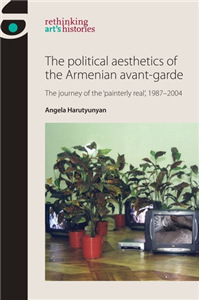Ukrainian Artistic Avant-Garde: Manifestos, Essays, Talks, Memoirs, Letters
by Dmytro Horbachov (editor)
The publication is an anthology of rear and previously unpublished texts written by thirty-four representatives of the Ukrainian avant-garde: artists who act as critics and scientists; art critics acting as analysts and conceptualists; poets and writers who act as creators and analysts of contemporary artistic forms. The reader receives a thematic, personal, and philosophical variety of views on the creative "systematisation" of the artistic form in Ukrainian visual art of the 1910s-1930s. The reader is put amidst the creative disputes, the struggle of ambitions and the agreements on methodologies, a kaleidoscope of multidirectional search for artistic truth and seclusion in the social inevitability of historical events The genre of the texts vary. From a didactic nature of journalistic essays to the sharpness of manifestos and sometimes angry desperation of discussions — forms a stereoscopic sketch of trends and groups of that time in all the complexity, inconsistency, and therefore poignancy of the proclaimed positions.
























